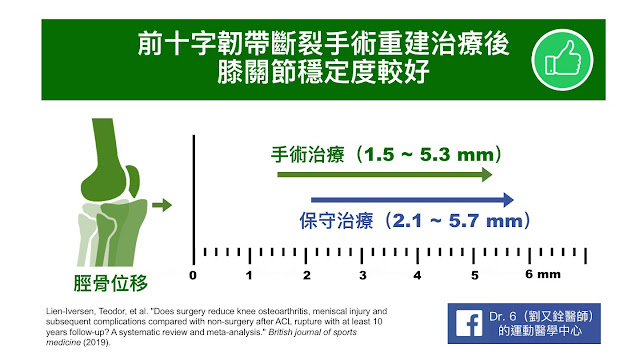Sasaki Roki, this pitcher in Japan samurai, started in the game against South Korea in Baseball U18 World Cup on September 6 but got off the mound soon after merely 19 pitches. Although he still pitched a 153 km/h fastball in the game, his game ended within only 1 inning because of recurrent bloody blister on his middle finger.
Finger injuries have been overlooked for a long time.
According to a statistical review on the sports injuries in Major League Baseball (MLB) athletes from 1998 to 2015, the number of players placed on the disabled list (DL) increased steadily while the average length of each assignment to the DL had remained stable over time. In the same study, although the case number of shoulder injuries declined, the elbow injury continued to rise. While shoulder injuries and elbow injuries accounted for about 20% of all injuries, wrist, hand, and finger injuries together only accounted for about 10% of all injuries.
In our past training program to become a sports medicine specialist, unlike shoulder and elbow injuries, finger injuries somehow were rarely mentioned. In my daily practice, players do not often seek for medical aids for finger injuries unless it was a jammed finger or with obvious deformity/laxity such as a Mallet finger.
If we look back on all finger injuries from 2012 to 2018 in
Pro Sports Transactions, there were 131 finger injury events related to an assignment to the DL or the injury list (IL) in MLB. After excluding events related to fractures, infections, and dislocations, 72 events recorded are finger blisters, bruises, strains, or sprains. A worth noting fact is, while 28 injuries had been reported from 2012 to 2016, 21 and 23 cases had been reported in 2017 and 2018, respectively. The incredible surge of the number of finger injuries in baseball athletes, especially in pitchers is quite a phenomenon. These injuries not only stop the athletes from their routine sports performance but also cause the athletes and the teams great fortune losses. It is still debatable about the cause of this blister spike. People think that altered grip methods and trends toward faster pitch along with changes in the ball texture (the seams hight, the hardness change, the leather, etc.) are to blame.
How stressful are the fingers of the pitchers?
An article by
Hiroshi Kinoshita et al in 2017 mentioned that during the acceleration phase, fingers have to bear enormous magnitude of forces through the ball-rolling phase till the ball release. The maximal resultant force may reach to close to 100 N in the index and middle fingertips. That is like the effort holding a 10 kg object with each fingertip. The resultant force is essential in achieving high ball velocity. In addition to the resultant force, the shear force peak of the index and middle finger may also exceed 100 N. The shear force that generates spin usually are increased by the seam on the ball. The finger-ball friction is also related to finger moisture and the size of the finger pad.
The load on the fingers differs when pitching different types of ball. While pitching fastballs, the index and middle fingers contribute almost equally to create backspin on the ball. For pitching curveballs with topspin, the middle finger contribute more than the index finger. As for pitching sliders with sidespin, the index finger's contribution will be greater than the middle finger.
Except for inter-phalangeal differences, the shear force also varies from different types of pitching. The spin rate of curveballs and sliders is usually higher than that of fastballs, thus the shear force should be higher to produce the spin required.
With such enormous forces loaded on the fingers, it is understandable why there are strained flexor tendons and bruises on the fingertips, sometimes even broken nails of the index and middle fingers. The shear force when pitching sliders or curveballs usually causes radial deviation to proximal and distal interphalangeal joints. The accumulated stress may cause injury to ulnar collateral ligaments in the index and middle fingers if the athletes do not rest properly to allow tissue healing. The rectangular force parallel to the ball surface also causes the blisters on the fingertips.
How to prevent finger injuries in baseball pitchers?
Modify your pitch selection and changing grips
Combining different types of pitching in your pitching strategy can prevent excessive friction resulted from sliders or curveballs. Shear force is known to have a linear correlation with pitching velocity. Altering your pitching velocity wisely may not only confuse the batter but also decrease the stress on your fingertips. Changing grips may decrease the spin rate and thus decrease the shear force.
Maintain adequate moisture
Some pitchers use spray-on antiperspirants to prevent excessive sweating in the palms and fingers.
Cut and shape your fingernails properly
A broken fingernail is usually caused when the ball rolls over the fingertip. The consultant force and shear force may break the nail, even peal the nail out of the nailbed if the nail is not cut and shaped properly. If a nail is broken, a nail cast can be applied for protection.
How to treat blisters?
If a blister is filled with fluid/blood and causes pain, have the fluid drained may provide immediate symptom relief. However, the drainage should be performed only after strict sterilization. Meanwhile, the covering skin should not be removed but maintained as a barrier for the underneath tissue. Close monitoring and cleaning the blister is necessary to prevent infection.
References:
- Conte, Stan, Christopher L. Camp, and Joshua S. Dines. "Injury trends in Major League Baseball over 18 seasons: 1998-2015." Am J Orthop 45.3 (2016): 116-123.
- Kinoshita, Hiroshi, et al. "Finger forces in fastball baseball pitching." Human movement science 54 (2017): 172-181.




































